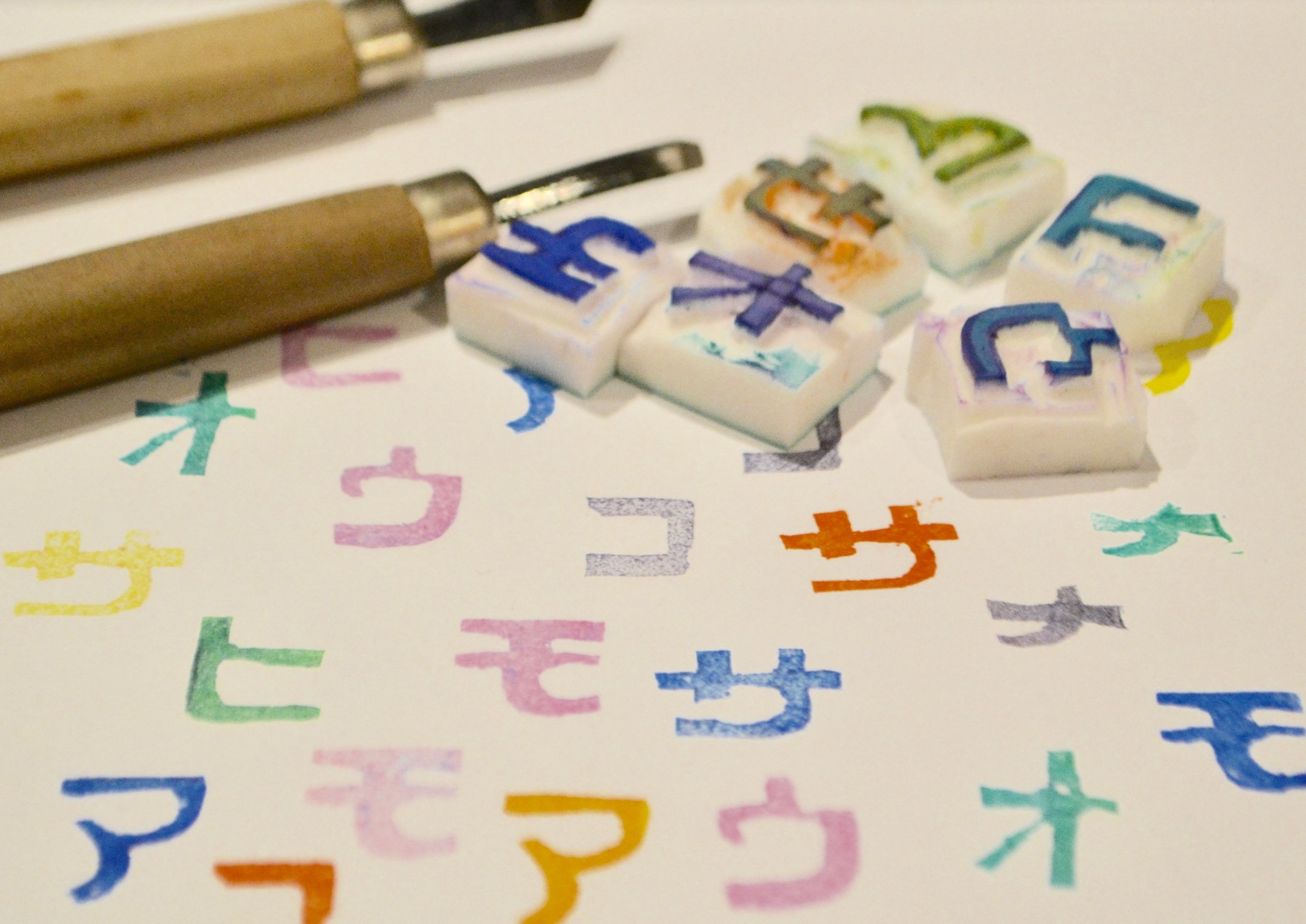
Hanko (Stamp seal) Workshop
A hanko (判子), also known as an inkan (印鑑), is a small carved stamp or seal. All adults in Japan own an individual hanko which shows their full name or family name which is used as a way of signing documents or contracts with ink; it is not common to use a signature.
Hanko can be made from various materials like plastic, wood or even ivory. Stone seals have been used in East Asia for thousands of years; similar to wax seals used in Europe, they were a decorative way to seal letters and sign artwork. In the past, their use in Japan was limited to a very few people; the emperor, shoguns, court officials, and other important people would have used seals on official documents.
After the Meiji Restoration in the 19th Century, hanko became part of daily life after a law was passed requiring ordinary people them on important documents. Nowadays, Japanese may have 2 seals: a custom-made one used for formal documents, and another that is used in more casual situations.
